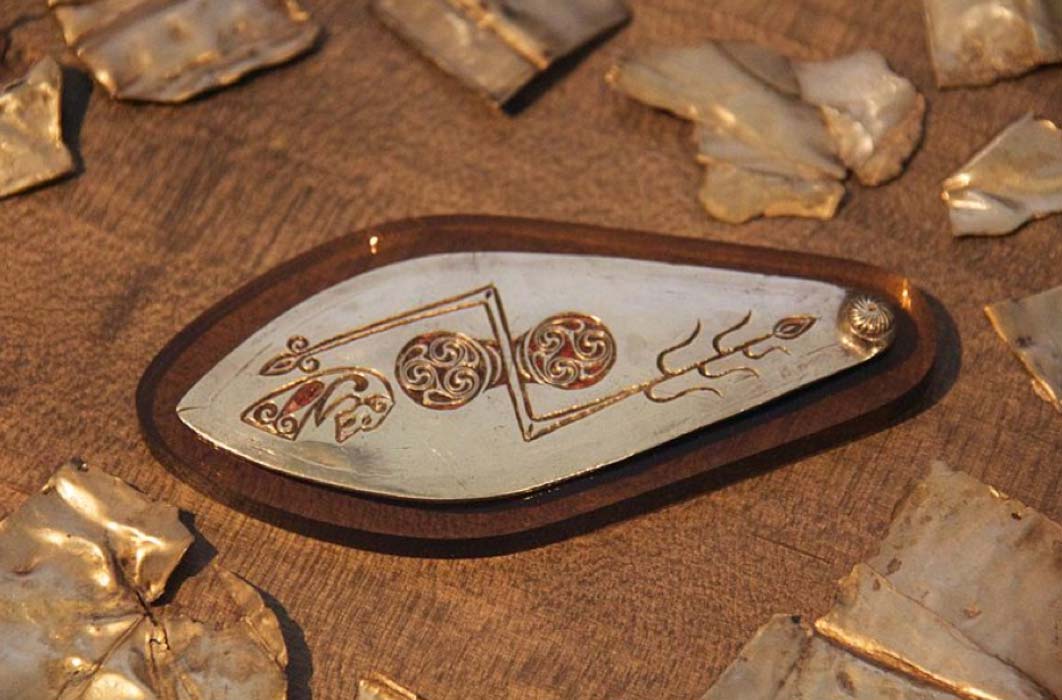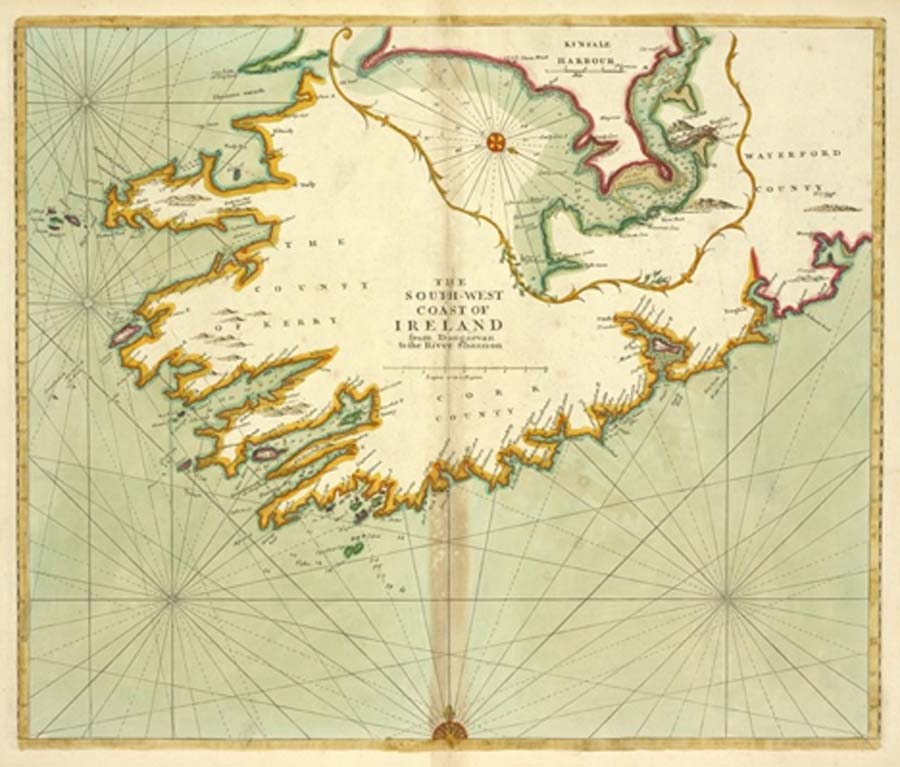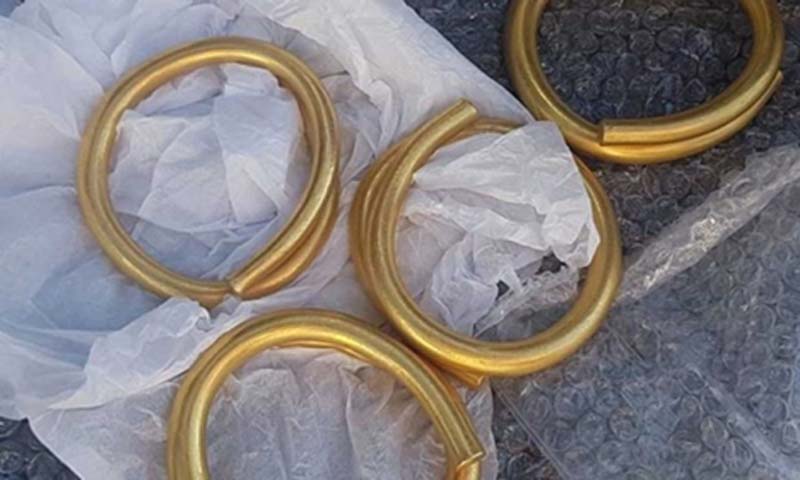
Ancient Gold Hoards of the Celtic El Dorado
The legendary lost city of gold, El Dorado, has drawn over 500 formal treasure recovery teams to South America over the last 500 years and over 3,000 people have been lost searching for ancient golden goblets and sun disks, and while the jungles of that continent are laden with gold so too are the fields, rivers and ancient landscapes of the northern Celts of modern day Ireland, Wales and Scotland.

Waterford County (right) on the south-west coast of Ireland (Public Domain)
Ireland’s Gold Coast
Mountains and rivers holding gold deposits were well known to ancient inhabitants of Ireland around 2500-500 BC and more Bronze Age gold hoards have been found in Ireland than anywhere else in Europe. The county of Waterford, from Dungarvan to Stradbally is known locally as the ‘Gold Coast’ for its high gold values in streams but unfortunately, this knowledge of gold has been lost through thousands of years of immigration and very little gold mining happens in the country today. A rule of thumb, however, is that Irish place names containing the word ‘ór’ probably seemed stemmed from gold ‘ore’.

Gold lunula from Blessington, Co Wicklow (Early Bronze Age, circa 2400 BC – 2000 BC) (CC BY-SA 3.0)
There have been a number of treasure hoards in Ireland and in 2018 the ‘heaviest ever treasure hoard in the country’s history’ was recovered and is now on display at the National Museum of Ireland. An Irish Times article from July 2018 announced: “Investigations by experts at the museum have confirmed four gold rings which were part of the hoard unearthed in Donegal earlier this year, date to the late Bronze Age.” Weighing over four kilograms (8.8 pounds) and valued at 250,000 euros ($279,735) the gold was discovered in a field in Tullydonnell Lower, near Convoy in East Donegal, in what was called “excellent, near-perfect condition” and was dated to approximately 1200 BC to 800 BC.

The four gold rings recovered from County Donegal, Ireland. Source: Caroline Carr, Donegal County Museum.
These gold overlapping circular rings are often called ‘arm bands’ because of their size, but other specialists think it more likely gold that was shaped in this fashion was a means to store wealth. A spokesperson for the Donegal County Museum told the BBC: “I personally don't think they are bracelets - they wouldn't even fit up my arm,” which led to speculation that the golden rings might be some form of ancient currency.
- Farmer in Ireland Unearths Golden Objects from the Bronze Age
- Golden Gifts to a Sea God: The Broighter Hoard and Its Mysterious Golden Boat
- Archaeologists piece together fragments from Anglo-Saxon gold hoard revealing stunning relics
Going back to 1868 in Ireland the ‘Ardagh Hoard’, including the Ardagh chalice, is a collection of eighth and ninth century gold that was discovered by two young local boys, Jim Quin and Paddy Flanagan who were digging in a potato field on the south-western side of a “rath” (ring fort) called Reerasta, beside the village of Ardagh, County Limerick, Ireland. Containing a plainer stemmed cup in copper-alloy and four brooches, this hoard is now on display in the National Museum of Ireland in Dublin with the Ardagh chalice standing as a center piece.




